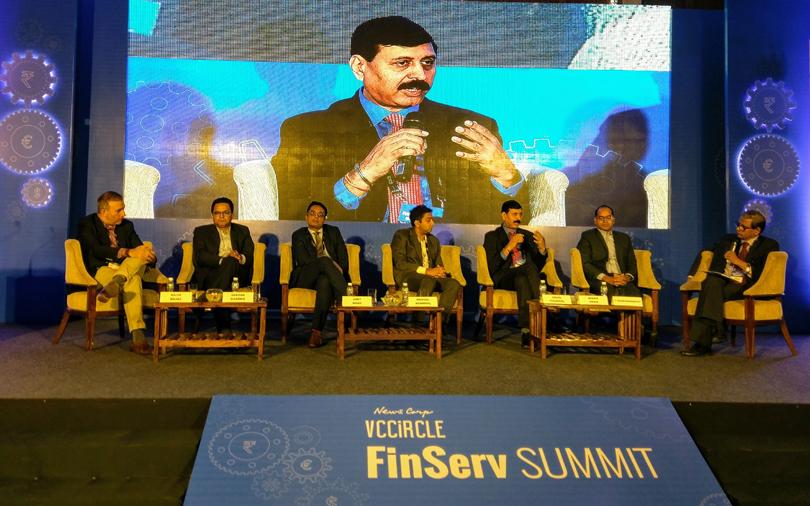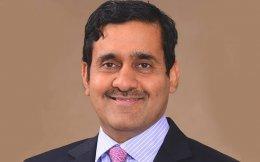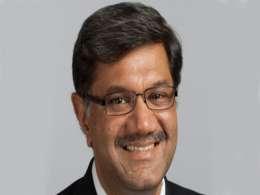The financial divide between India and Bharat still persists, but technological evolution is bridging the gap very rapidly.
The panellists at News Corp VCCircle FinServ Summit 2017 were of the view that India is evolving rapidly in terms of financial literacy. The implementation of Aadhar and the emergence of sophisticated fintech startups have enabled the country to bring India closer to Bharat, they said.
Deepak Sharma, chief digital officer at Kotak Mahindra Bank, said the emergence of smartphones and improved know-your-customer guidelines have helped fintech companies acquire more customers. “Many of the customers are coming from places we had never ever imagined. Before demonetisation, we had about eight million customers. Following the launch of the 811 scheme, we have added around 2.5 million new customers, out of which 70% have are digital-only.”
With financial products reaching the non-metro cities, the sector has not only attracted investments, but more and more investors are also seriously looking at the space to make the most out of the blue ocean opportunity.
“We are focusing on tiny companies, which are active in the fintech space and specifically catering to Bharat (Tier-III cities and beyond) than India (metros),” said Niren Shah, managing director, Norwest Venture Partners India.
Shah said the ticket size of Norwest Venture’s investments ranges from $25 million to $40 million and, so far, its lowest exit has clocked four times returns, while in certain cases, it has made eight times its investments. “Now, we are looking at targets that cater to rural India and we feel that is where the opportunity lies.”
While panellists were upbeat about the outreach in terms of “need-based” bank accounts, the challenge to get the semi-urban population to invest in financial products is still the same.
“The most difficult part in Tier-III cities and beyond, is to convince and educate the people about the equity market,” said Arun Thukral, managing director and CEO of Axis Securities. “People are aware of systematic investment plans, but they have also heard stories of people losing money in stock markets. Therefore, it takes time to convince them that over the long term people have actually made money.”
Most experts were also of the opinion that technological innovations have not only changed the way we deal with money in semi-urban and rural areas, but even traditional financial companies are reinventing themselves to remain relevant.
“We are an over 50-year-old company, but we felt that we will vanish in five years if we do not change the way things are evolving,” said Rajiv Bajaj, chairman and managing director of Bajaj Capital. “To remain relevant with the changing times, we have created an independent board. We have also got the right CEO, who is driving all the changes from the front. As a family business, we have realised that we need to create a tech-plus touch model, that is, while the human touch and interference remain, it has to work in tandem with technology.”
They said that the advancements have created lots of opportunities across the board, including for investors.
Jaideep Mehta, the CEO of News Corp VCCircle, said that 2017 was very positive, given that the fintech space has witnessed many exits and secondary transactions. “This proves that there is an interest and the sector is set to grow from here.”






